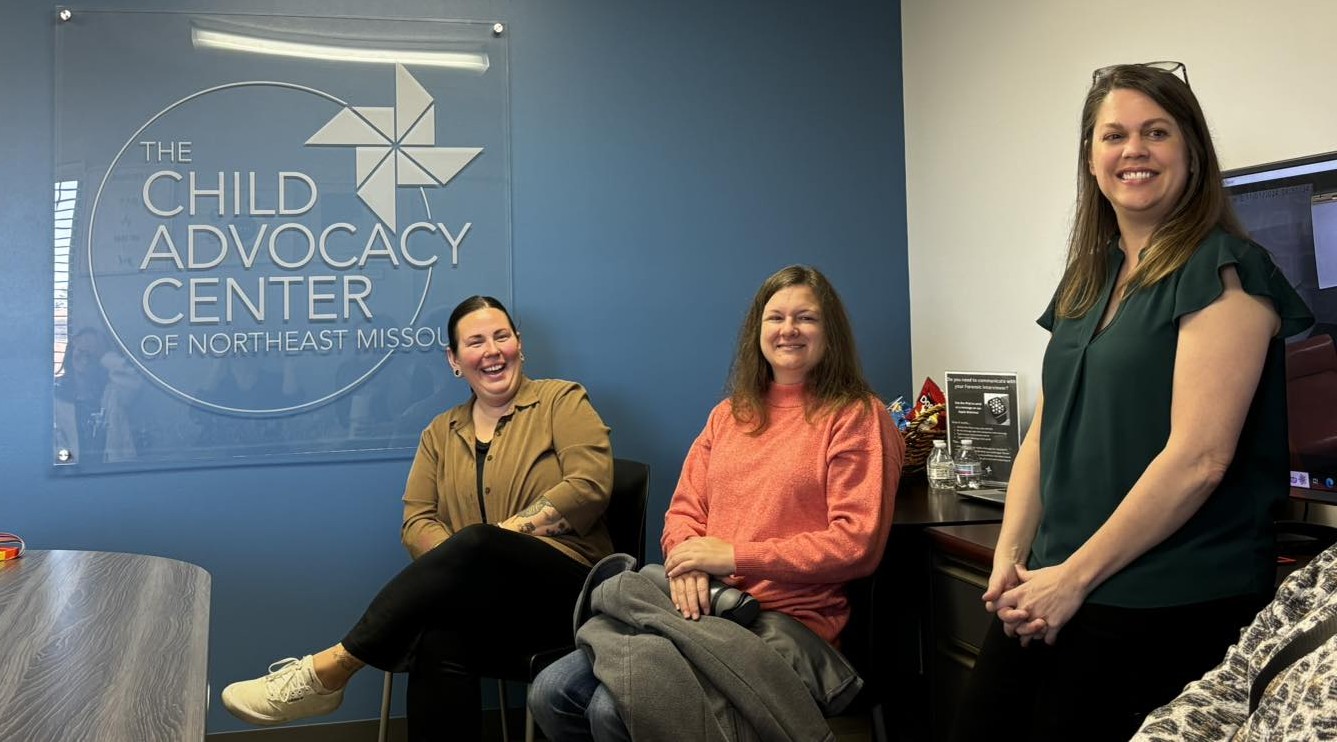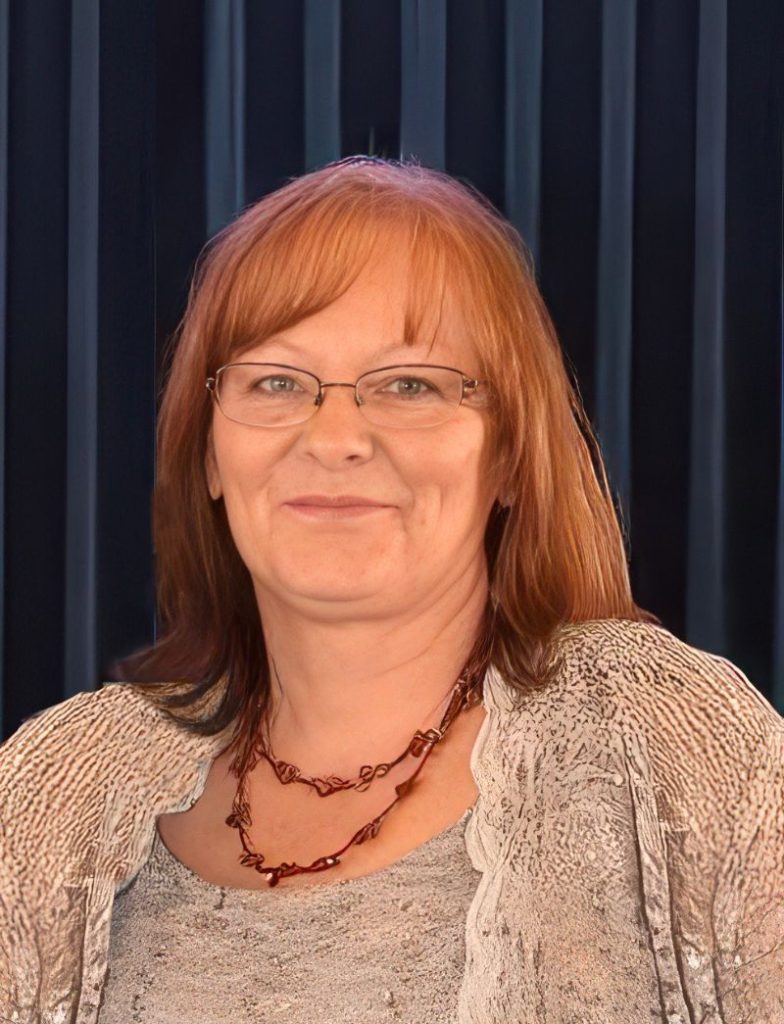Child Advocacy Center: Protecting children, preventing abuse in Northeast Missouri

HANNIBAL, Mo. — April is Child Abuse Prevention Month. The Child Advocacy Center of Northeast Missouri has been partnering with community agencies since 2000.
Child Advocacy Centers, or CACs, were created in 1985, and more than 1,000 of them operate in the United States. The Child Advocacy Center of Northeast Missouri is one of 15 CACs in Missouri with main offices in Hannibal and Wentzville and a satellite office in Memphis. Ten counties are served by the office in Hannibal.
Imagine being a child who has been abused and having to retell your story multiple times to multiple people. Strangers a child has never met before. Some of those people a child may not trust. A child may be scared to disclose the abuse and can be re-traumatized each time they have to tell their story.
Child Advocacy Centers work to ensure children are not placed in undue emotional distress while disclosing abuse. CACs offer forensic interviews, children and family advocacy, mental health therapy and school and community-based prevention and education programs.
When a child enters the doors of the Child Advocacy Center in Hannibal, they are met with a child-friendly lobby with books and games, comfy bean bag chairs and a welcoming staff. When interviewed, a child meets with a forensic interviewer who uses a nationally recognized Child First Forensic Interview protocol. Each interview is recorded and shared with a multi-disciplinary team which includes law enforcement, the juvenile office and the children’s division. Team members may include a victim advocate from the prosecutor’s office or mental health professionals.
“Everything that we do in this interviewing process is child led and child friendly,” Tara Wingo, who conducts forensic interviews at the Child Advocacy Center in Hannibal, said in a press release.
“Children are told what the interview process will look like. It is stressed to the child that they are not in trouble. It is explained to each child that the interviewer is there to listen to them and ask them questions. Before the interview begins, the child and their caregiver can see the interview room. While the interview is conducted with the child, an advocate talks with the caregiver about any questions they may have, what resources are available to them, and any questions they may want to ask after the interview with the multi-disciplinary team.”
When a child first enters the interview room, Wingo works to build rapport.
“During that time, what I’m doing is I’m learning things about the child,” she said. “I’m allowing them to get acclimated to the room and get used to me as the interviewer.”
Each interview room contains things that are child-friendly like markers and paper, fidget toys and play dough. Some kids may need to draw and sketch while they are talking. Others may need to bring a stuffed animal from home with them for comfort during the interview.
Children are first asked questions about their everyday life such as home and pets. Wingo will ask if the child knows why they are there. Some may know, others may not. Some children are very open to disclosing abuse, while others may be reluctant. The forensic interviewer gathers as many details as they can from the child. The multi-disciplinary team may have questions for the interviewer to ask.
Children discuss what they are comfortable with disclosing. They are asked about their mental health and how they feel. At the end of the interview, children are asked if they have any questions. Each interview ends with a neutral topic such as what they are doing with the rest of the day or what interests them.
“Any time if a child comes in and they’re talking and they decide they’re done for the day, then we’re going to be done for the day,” Wingo said. “We always want to do what’s best for them. If they need to come back a different day and finish up, that’s OK.”
Children may be in different phases of disclosure when they come to the Child Advocacy Center.
“What we always say is that a disclosure is theirs to give, not ours to get,” Wingo said.
Child Advocacy Centers provide advocacy services to the families they serve. Families are eligible to have therapy at the CAC for the whole family. Specific therapy programs are available, depending on the needs of the child. CACs also work to prevent child abuse from occurring.
The Hannibal office has a prevention department with a lead prevention worker.
“Prevention is that key beginning piece,” Wingo said.
The role of the prevention workers is to go into schools and talk with children about body safety and having safe people to talk to if something happens. Programs are teaching children how to protect themselves. The prevention department staff have worked with schools, churches and other organizations in the area of child abuse prevention. The Child Advocacy of Northeast Missouri also offers mandated reporter training.
For more information about The Child Advocacy Center of Northeast Missouri, visit cacnemo.org.
Miss Clipping Out Stories to Save for Later?
Click the Purchase Story button below to order a print of this story. We will print it for you on matte photo paper to keep forever.

